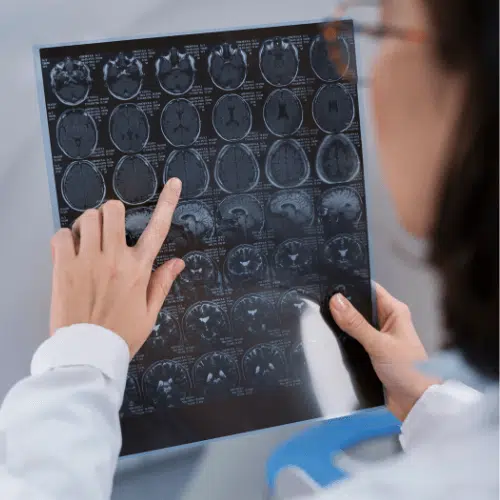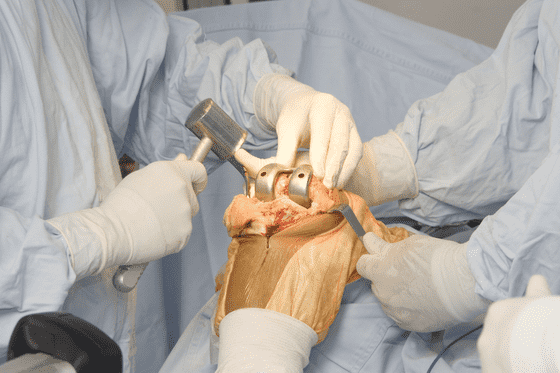The 10-Second Trick For Axis Spine And Orthopedics
The 10-Second Trick For Axis Spine And Orthopedics
Blog Article
Facts About Axis Spine And Orthopedics Revealed
Table of ContentsThe 2-Minute Rule for Axis Spine And OrthopedicsFascination About Axis Spine And OrthopedicsThe 8-Minute Rule for Axis Spine And OrthopedicsThe 25-Second Trick For Axis Spine And Orthopedics
An orthopedic surgeon is a medical professional who specializes in treating issues of the bones, joints, and connective tissues, and guaranteeing you maintain a healthy and balanced musculoskeletal system., we have extremely qualified orthopedic doctors that are capable of treating people of all ages. I got included in research throughout my initial year of medical college, and I started making links with orthopedic surgeons early on.
Review the post-operative care strategy with your doctor. Arrange for transportation to and from the health center on the day of surgery.
The Single Strategy To Use For Axis Spine And Orthopedics

Your medical professional will offer lots of info regarding post-operative treatment, consisting of how to stay tidy and maintain the medical area clean. Complying with these pointers can prepare you physically and emotionally for your orthopedic surgery. Keep in mind to keep a positive overview and trust your medical group's competence, contributing to a smoother recuperation procedure.

Otherwise, you'll just get confused. Think about the big image. No one anticipates you to understand anything, so don't try to remember a number of arbitrary realities. Whether you're pursuing your kids, taking on treking routes, or flaunting your best dancing moves, keeping your bone and joint system in excellent shape is crucial. Otherwise, joint discomfort can truly mess up your life.
Usual conditions dealt with by orthopedic doctors are: Fractures and Bone Injury: Broken bones and other injuries from accidents or influences. Bone Cancer Cells: Lumps in the bones. Orthopedic Injury: Extreme injuries affecting bones, joints, or soft tissues.
Strains and Pressures: Injuries to ligaments and muscular tissues. Tendinitis: Swelling of the tendons. Orthopedic specialists perform a range of procedures to aid people with bone and joint concerns. Common examples are knee and hip substitutes. Joint Repair: Rebuilding a damaged joint to restore its feature. Bone Grafting: Taking bone from one component of the body and transplanting it to an additional area to repair and reconstruct harmed bones. Reconnecting Nerves: Repairing broken nerves to restore motion and experience. Spinal Disk Replacement: see this Changing a damaged spine disk with a fabricated one to soothe pain and recover function. You'll require to take and pass the Medical College Admission Test( MCAT). This standardized test assesses your expertise and skills needed for success in medical school. Medical college is an extreme

Not known Facts About Axis Spine And Orthopedics
Next, they finish an orthopedic residency. It's generally five years and provides hands-on understanding in a clinical setup. Limited activity as a result of pain. Stiffness. Visits frequently consist of: Discussing your symptoms, clinical background and lifestyle. A physical exam, consisting of moving the affected joint in details methods. Imaging studies, such as an X-ray. Explanation of your medical diagnosis.
Therapy suggestions. Some problems need extra imaging, like a CT check or MRI for more comprehensive views of the painful location. Your orthopedist will certainly suggest treatments to minimize symptoms till you get a diagnosis. Orthopedic cosmetic surgeons specialize in nonsurgical and medical strategies. For particular sorts of orthopedic trauma or genetic conditions, surgical treatment is often the very first line of therapy. For a lot of other conditions, orthopedists attempt nonsurgical therapies. It might take even more than one sort of therapy to accomplish lasting alleviation. Choosing the right is important for effective surgical end results and boosted client healing. With a vast array of choices available out there, it can be frustrating for both cosmetic surgeons and individuals to make an educated decision. The top 5 aspects to take into account when selecting an orthopedic implant are medical compatibility, cost-effectiveness, factors to consider for revision surgery, patient-specific elements, and the style and development of the dental implant. They can be found in various shapes, sizes, and products, each offering a certain function based on the client's needs. Understanding the basics of orthopedic implants is essential before diving into the decision-making procedure. One of the leading factors to consider when picking an orthopedic dental implant is its compatibility with the operation. Different implants are developed for various surgical techniques and techniques. The orthopedic dental implant ought to be especially designed to fit the client's makeup and make certain security during the healing procedure. Surgical compatibility includes elements such as dental implant dimension, shape, and product. The success of orthopedic procedures relies greatly on the appropriate selection and positioning of implants that are suitable with the individual's composition and case history. By focusing on client security and well-being, orthopedic surgeons can achieve successful results and offer the finest of like their clients. Specialists have to carefully think about the biomechanical properties of the implant and just how it will integrate with the client's bone structure. This will contribute to much better surgical results, minimized complications, and much shorter healing time. When selecting implants for an individual, it is important to think about a selection of patient-specific aspects that can influence the success and outcome of the procedure. These variables incorporate the client's age, bone high quality and amount, oral health condition, clinical background, lifestyle practices, and visual choices. For older patients with compromised bone density, much shorter implants or implanting procedures may be beneficial to offer the essential stability and support. 3. Is the size of the orthopedic dental implant an essential factor to consider? Just how does it impact the procedure and the individual's recovery? Yes, the dimension of the implant is crucial as it should match the client's structure for appropriate fit and performance. 4. Can the individual's age and way of life play a duty in picking one of the most ideal orthopedic dental implant? Definitely. Just how does the price of an orthopedic dental implant aspect right into the decision-making procedure, and are there ways to balance high quality with affordability? The cost of the dental implant is an essential consideration, however it ought to not be the single determining aspect. Stabilizing high quality with cost includes evaluating different implant options 'long-term advantages and possible difficulties. Report this page